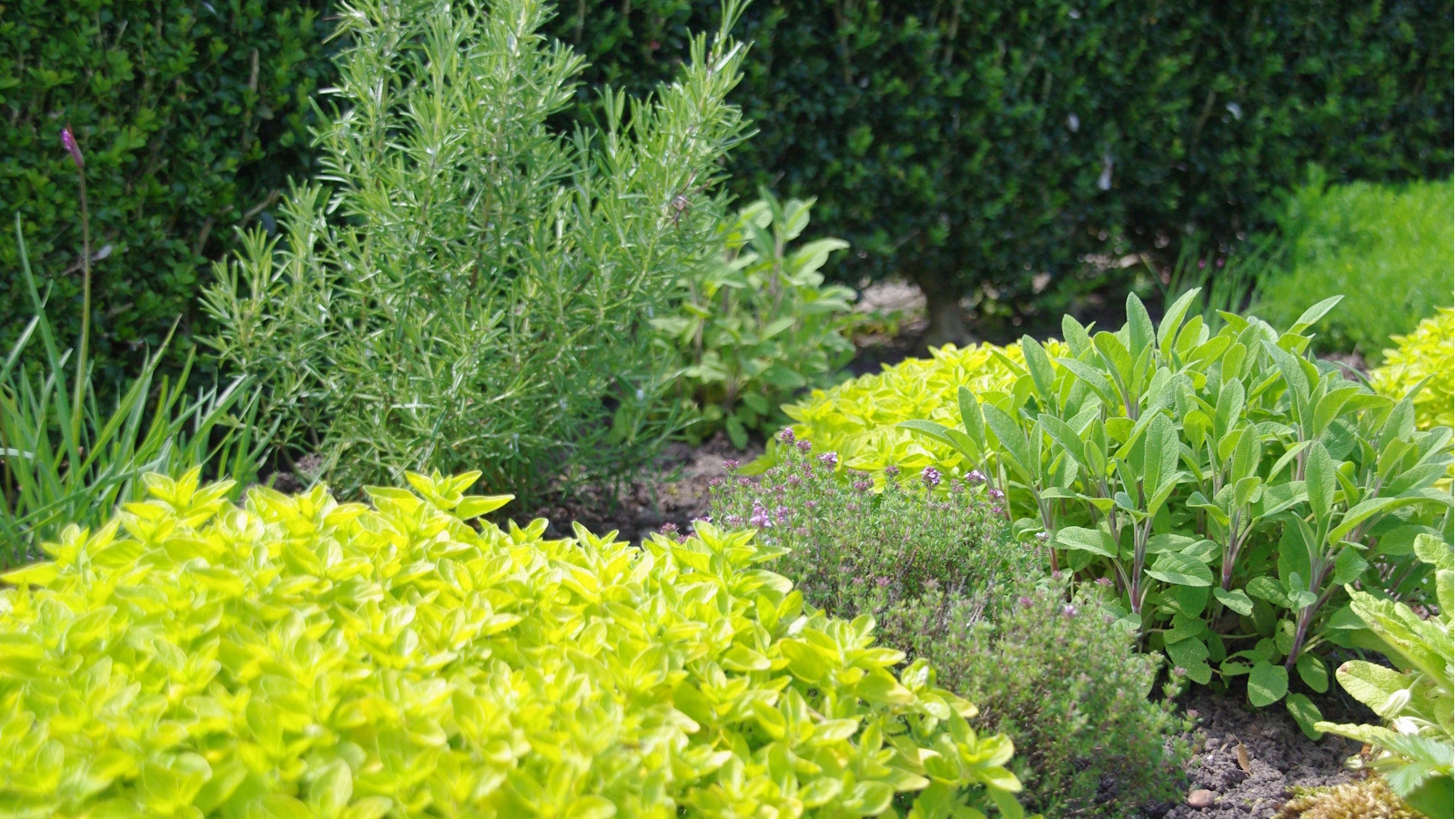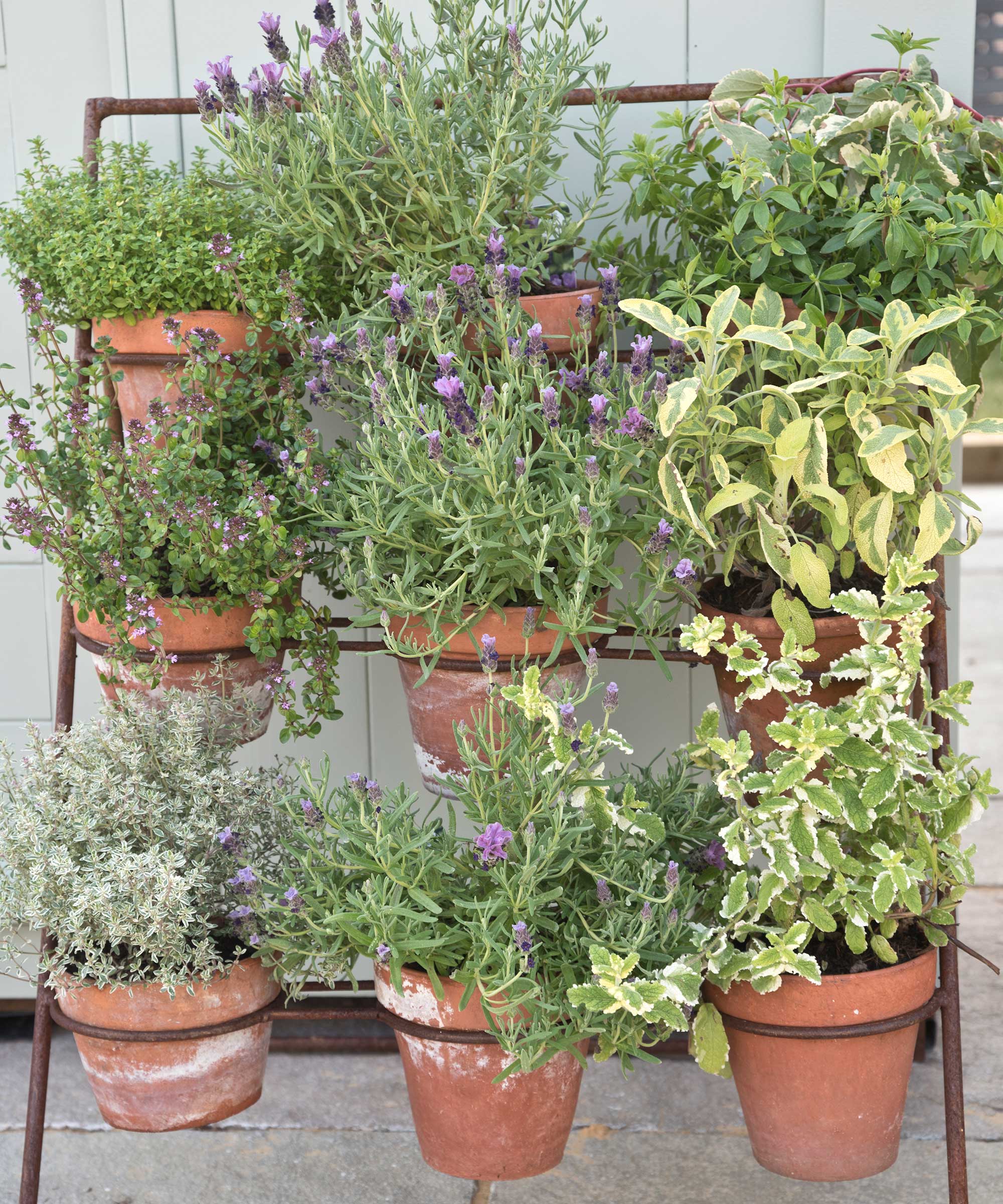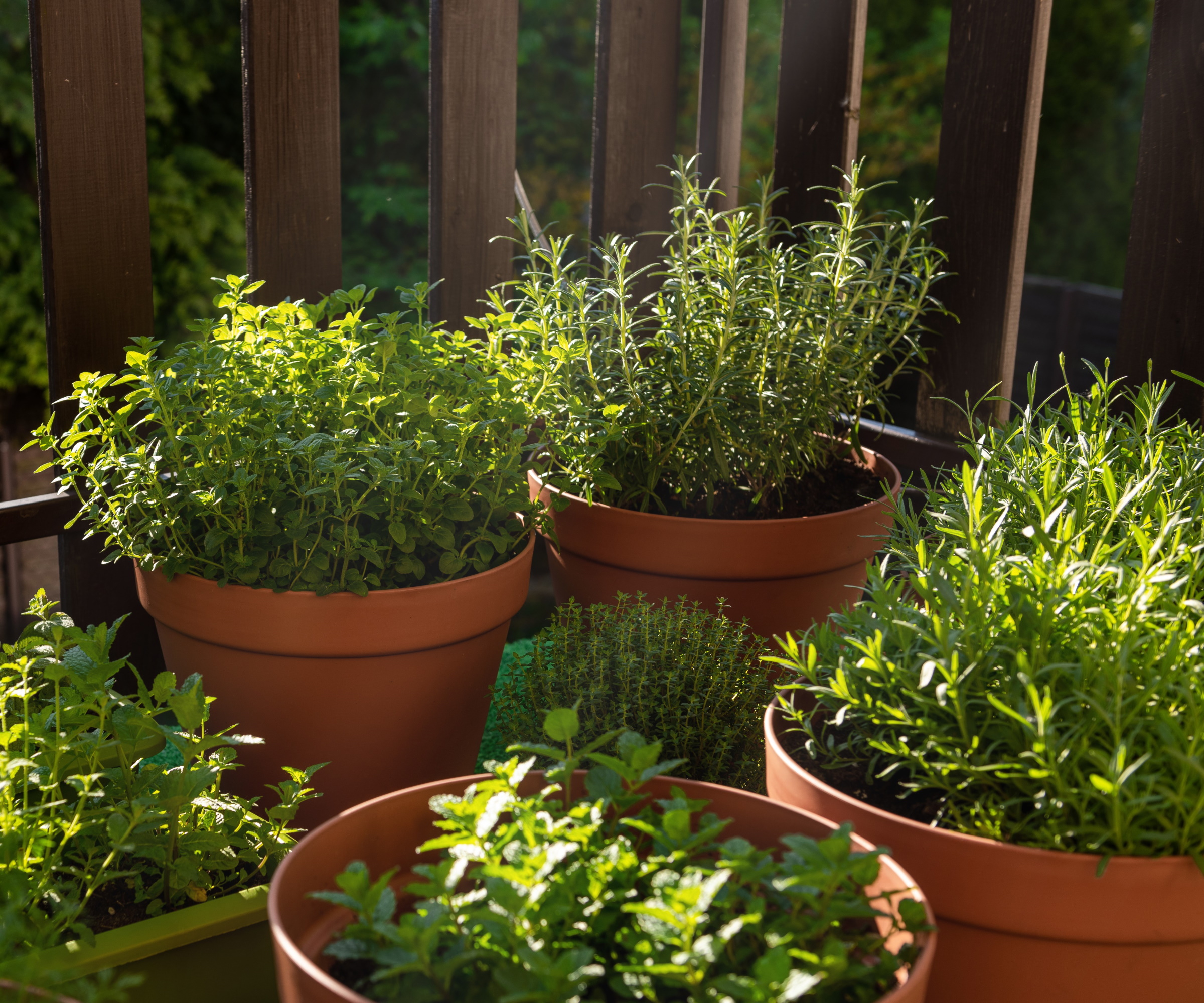I just discovered a quick, low-cost hack to get leafy herbs to last longer – all you need are 2 kitchen ingredients
Coffee grounds and tea bags can support vegetative growth and bring larger herb harvests


I like to grow annual herbs like basil and dill every year to harvest through the summer season. But, I often find leafy herbs like this don't last as long as I would like them to. That's why I'm always on the hunt for tips and tricks to extend their growing season, and I just stumbled across the latest hack I think will actually work.
If you have a herb garden with leafy plants, like basil for example, then you should try adding coffee grounds for plants or even tea bags to their soil. The reason being both ingredients are rich in nitrogen, an essential nutrient to encourage vegetative growth.
While it makes sense in theory, there are some things to keep in mind to make this hack a success. Let's a take a closer look at how coffee grounds and tea bags for herbs work and what you need to do to employ this hack correctly.
Why are coffee grounds and tea bags good for herbs?

Using coffee grounds and tea bags for herbs is all about harnessing the essential plant nutrients they provide. That's why you may have seen indoor gardeners using coffee ground houseplant fertilizer and why many use tea leaves in the garden.
Both ingredients are rich in nitrogen, the plant nutrient largely responsible for vegetative, leafy growth, as well as aiding overall immunity and resistance to disease.
If you're growing basil, growing parsley, or any other leafy herb, coffee grounds and tea bags are therefore beneficial to add to their soil. This is especially true if you want to encourage your herbs to last for longer, grow bigger, and provide you with a larger harvest.
Their nitrogen-rich contents also make them popular unusual compost ingredients, although you have to bear in mind tea bags are compostable only when their packaging is removed or labelled as biodegradable (like these compostable tea bags from Amazon).
Design expertise in your inbox – from inspiring decorating ideas and beautiful celebrity homes to practical gardening advice and shopping round-ups.
How to use coffee grounds and tea bags on herbs

It isn't just a case of throwing coffee grounds and tea bags for herbs on their soil, you need to first ensure the ingredients are prepared for garden use.
As mentioned, tea bags that aren't compostable need to be opened up. You can then use the tea leaves inside on your herb garden.
Coffee grounds, on the other hand, are best when roasted and used. This is because fresh coffee grounds can sometimes be too acidic for plants. The used grounds from these Starbucks coffee beans from Walmart would work, for instance.
You can then use coffee grounds and tea bags for herbs when fertilizing your plants during their active growth season in spring and summer.
Do so by sprinkling tea leaves and coffee grounds at the base of your plants, or mix them into your homemade compost and apply an even layer to the soil of your herbs.
Then, you simply need to give your herbs a deep watering to allow the nutrients from the grounds and tea leaves to be soaked by the roots of your herbs.
FAQs
How often should you give herbs coffee grounds?
It would be a fertilizing mistakes to use coffee grounds on herbs too frequently. This is because it could make the soil too acidic and contribute to problems like root burn. For this reason, only use coffee grounds on herbs every three or so weeks during the active growth season. If your herbs are growing outdoors, stop fertilizing with coffee grounds during fall and winter when they aren't growing. If you grow herbs indoors and keep them productive year-round you should still reduce the frequency of fertilizing in the colder months when their growth has slowed down.
I'll definitely be trying this hack to encourage more growth among my herb garden this summer. Alternatively, you can also use herb fertilizer products (from Amazon) to achieve the same results.
Take care to avoid common herb gardening mistakes, too. This includes choosing the right spot for them in your yard and pruning them when necessary.

Tenielle is a Gardens Content Editor at Homes & Gardens. She holds a qualification in MA Magazine Journalism and has over six years of journalistic experience. Before coming to Homes & Gardens, Tenielle was in the editorial department at the Royal Horticultural Society and worked on The Garden magazine. As our in-house houseplant expert, Tenielle writes on a range of solutions to houseplant problems, as well as other 'how to' guides, inspiring garden projects, and the latest gardening news. When she isn't writing, Tenielle can be found propagating her ever-growing collection of indoor plants, helping others overcome common houseplant pests and diseases, volunteering at a local gardening club, and attending gardening workshops, like a composting masterclass.
You must confirm your public display name before commenting
Please logout and then login again, you will then be prompted to enter your display name.